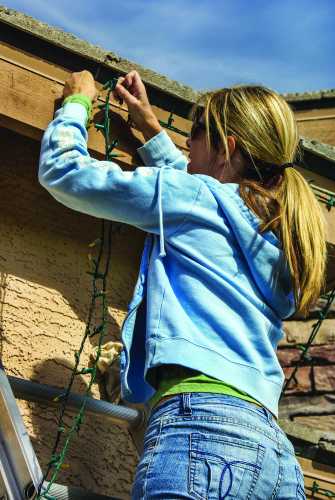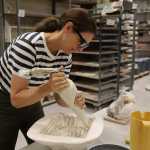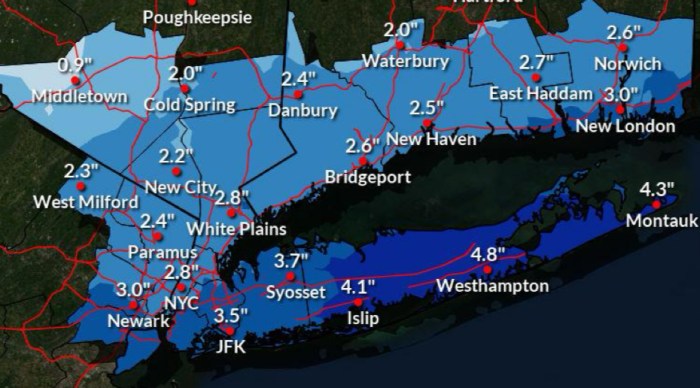Homeowners know it can be tempting to go the do-it-yourself (DIY) route when starting a home improvement project. Home repairs and renovations can be costly, and the notion of saving money on such projects compels many homeowners to try their hand at home improvements. However, the DIY approach can be costly as well, and if things go awry, homeowners may end up with empty pockets and unfinished projects.
Online tutorials and advertisements for home improvement retailers can make DIY seem like a snap. However, there are potential pitfalls to consider that could make the ostensibly less expensive DIY route far more detrimental to the bottom line than homeowners may recognize.
Permits: Permits ensure work is done in accordance with local codes, which are designed to ensure the safety of residents and their neighbors. Licensed contractors know which permits are necessary for projects they’re hired to work on, and many even procure permits for their clients (homeowners are urged to read estimates and contracts to determine who will be responsible for acquiring the appropriate permits). DIYers may not know about local permits, and therefore go ahead with projects without procuring any. That can be harmful in the short- and long-term. In the short-term, a failure to procure the appropriate permits can make a home less safe and potentially lead to costly fines and necessitate a complete do-over of the project. In the long-term, homeowners who did not secure the appropriate permits may not be given a certificate of occupancy (CO) when putting their homes on the market, which can make it very difficult to sell the home.
Ancillary Costs: The ancillary costs of DIY are not often noted in online tutorials. However, such costs can dramatically increase the amount of money DIYers shell out in order to complete projects on their own. Ancillary costs include but are not limited to the price of tools and equipment; disposal fees for materials that will need to be discarded; and the cost of permits. These costs are often included in estimates provided by contractors, but they’re easily overlooked by novice DIYers.
Repairs: Even experienced contractors make mistakes, so DIYers, particularly novices, can anticipate making a few errors along the way. Minor mistakes may not prove too costly, but more significant mishaps can quickly negate any cost savings associated with DIY renovations. The cost to fix DIY mistakes varies depending on the project, but a 2019 survey from Porch.com found that the average DIY mistake cost homeowners $310 and added five and a half hours to the overall time spent to complete a project. It’s worth noting the Porch.com survey was conducted prior to the dramatic increase in materials costs related to inflation in recent years. So it’s reasonable to assume that fixing DIY mistakes in 2024 could end up costing considerably more than a few hundred dollars.
Before diving in to DIY, homeowners may want to consider the real costs associated with forgoing professional experience in the potentially misplaced hopes of saving a few dollars.
-Metro Creative Connection
For more home improvement articles, click here.






















